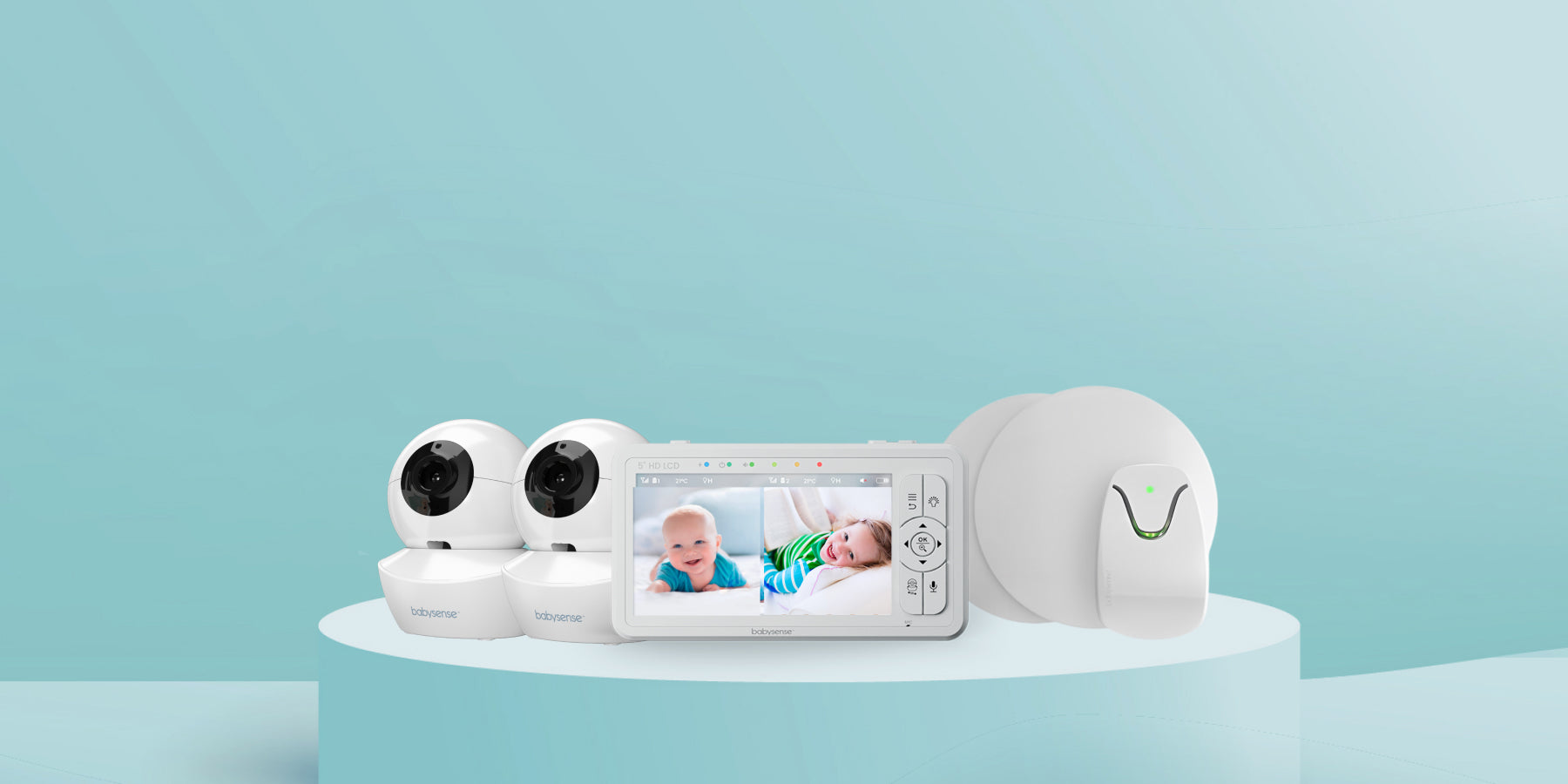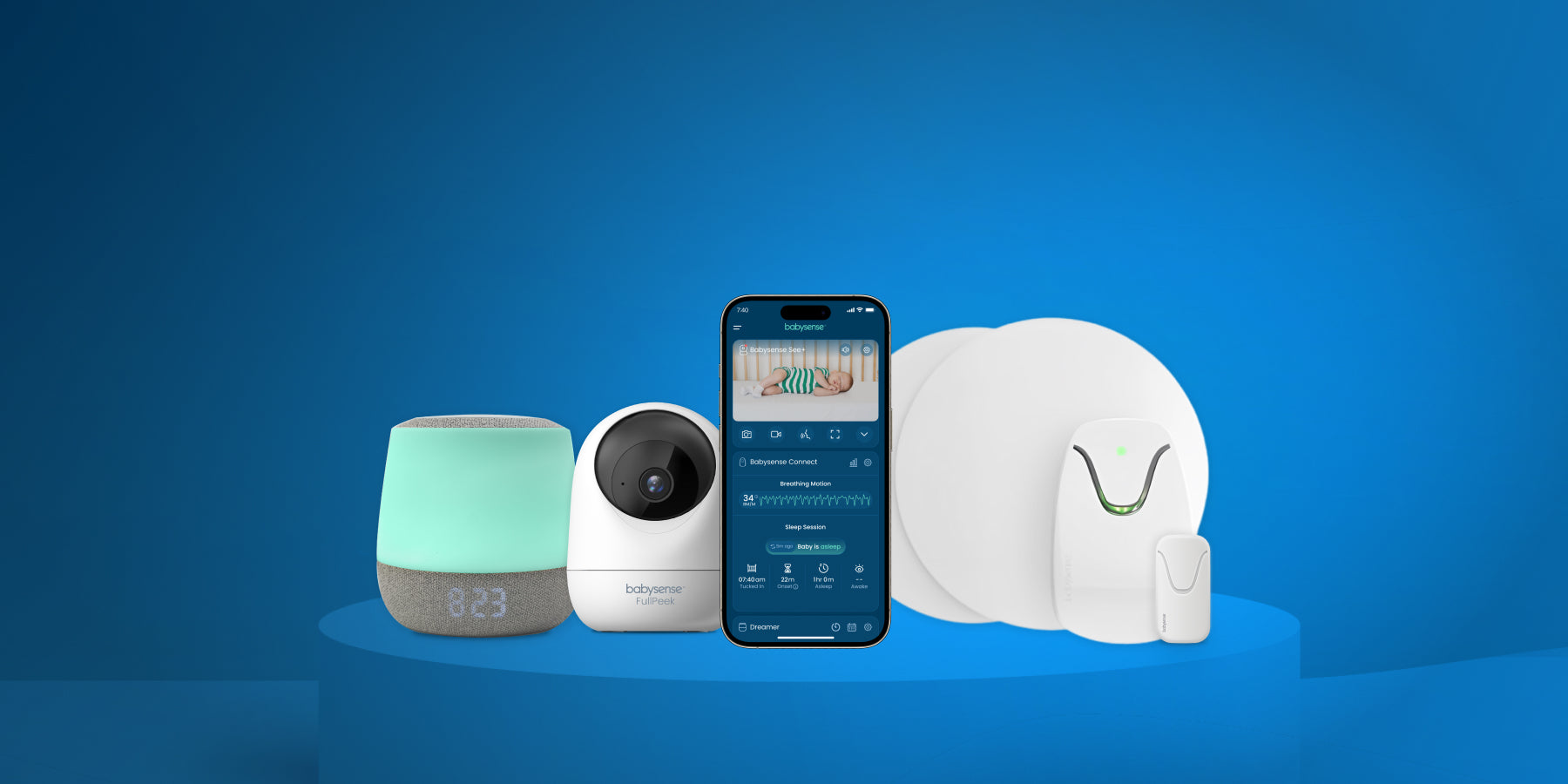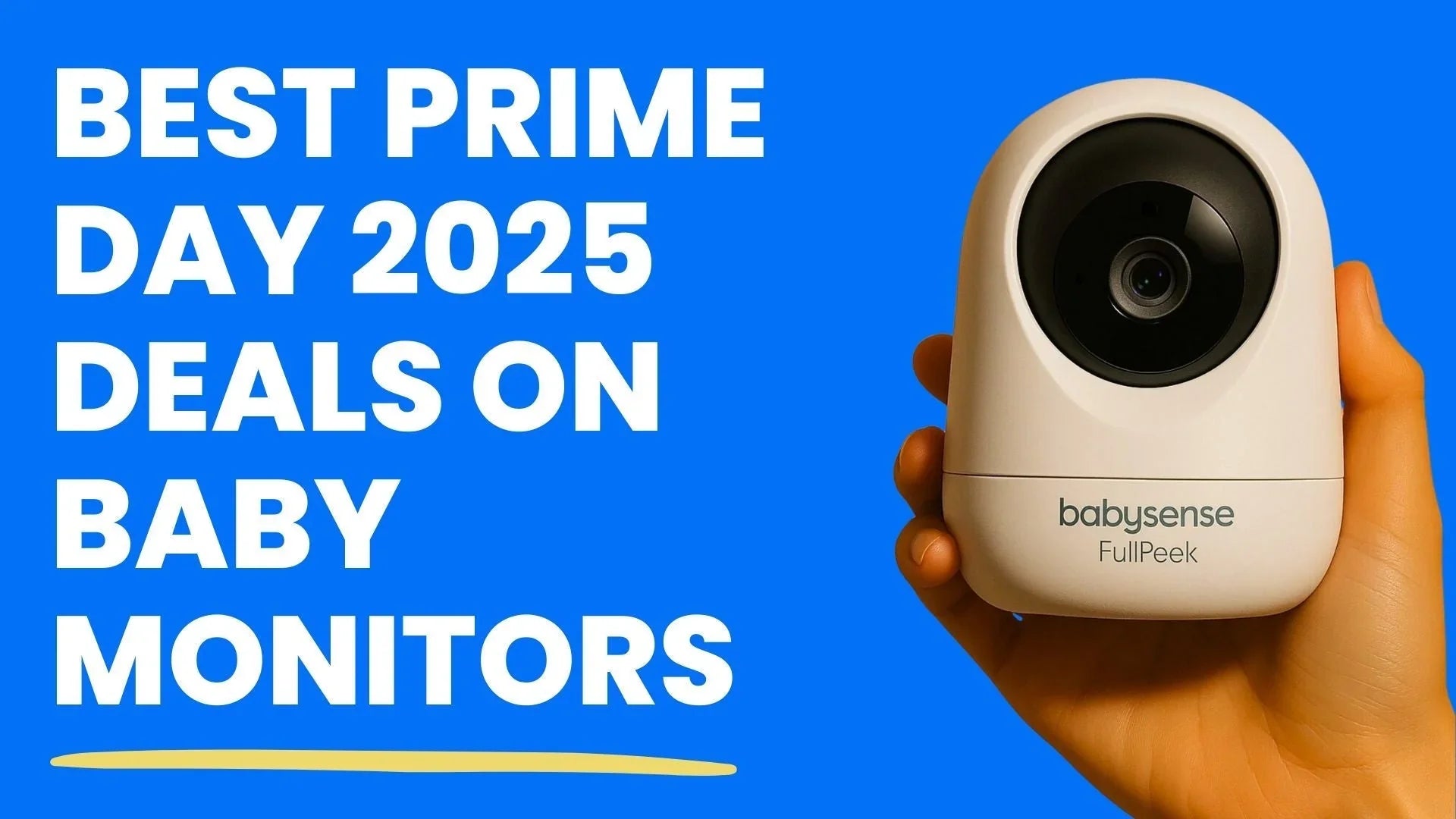Caring for a baby in hot, humid weather can be challenging, especially for first-time parents. Babies can’t regulate their body temperature as well as adults and may struggle in high heat and humidity. The key is to keep them cool, hydrated, and comfortable. Below are friendly, practical tips on hydration, skin care (including heat rash prevention), clothing, sleep safety, and indoor climate control to help you care for your baby in steamy conditions.
Hydration: Keeping Your Baby Well-Hydrated
Babies can quickly lose fluids through sweat in humid weather, so proper hydration is essential. However, infants have different hydration needs than adults:
-
Breastfed or Formula-Fed Infants under 6 Months: Offer more frequent breastfeeds or formula feeds rather than water. Young babies generally get all the fluid they need from breast milk or formula, even in hot weather. There’s usually no need to give water before 6 months (breast milk is about 80% water and provides sufficient hydration). If you’re nursing, be sure you stay hydrated too, since you’ll be sweating and your baby will feed more often.
-
Babies 6–12 Months: Continue regular milk feeds and start offering small sips of water in between. Once your baby is past 6 months, it’s okay to give a few ounces of cooled, boiled water in addition to their usual feeds. This helps replace fluids lost in sweat. Don’t overdo the water (4–8 ounces per day is a common guideline) – just a little at a time to complement breast milk or formula.
-
Watch for Dehydration: In humid heat, keep an eye on diaper output and behavior. Fewer wet diapers than usual, a dry mouth, or a sunken “soft spot” on the head (fontanelle) can be warning signs of dehydration. A baby who is listless or unusually irritable and refusing to drink may be overheated or dehydrated. If you notice these signs, move to a cooler area and encourage fluid intake. Don’t hesitate to call your pediatrician if you’re worried – little ones can get dehydrated quickly.
Cool, Comfortable Clothing
Dressing your baby in the right clothing helps them stay cool. In high humidity, light and breathable outfits are best. Here’s how to dress your baby for the heat:
-
Choose Lightweight, Breathable Fabrics: Light-colored, loose-fitting cotton clothes are ideal for hot, muggy weather. Cotton and other natural fabrics allow airflow and absorb sweat, helping your baby stay cooler. Avoid thick or synthetic fabrics that trap heat.
-
Keep Layers to a Minimum: Unlike cooler weather, babies in the heat often need fewer layers. A general rule is to dress your baby in similar weight clothing as you would wear comfortably in that temperature. Often a single light layer (like a thin onesie or a loose t-shirt and diaper) is enough. If it’s extremely hot, your baby can even be just in a diaper with a loose top or wrapped in a light muslin swaddle. At bedtime, a simple onesie or just a diaper under a lightweight sleep sack (low TOG rating) can prevent overheating.
-
Sun Hats and Shade: If you do go outside, use a broad-brimmed sun hat to shield your baby’s face and head from direct sun. Opt for breathable hats so your baby doesn’t get too sweaty underneath. Stick to the shade as much as possible to avoid direct sun exposure on top of the humidity.
-
No Over-Bundling: Resist the urge to overdress “just in case” – overheating is a bigger concern than feeling a bit cool. Babies often don’t sweat effectively and can overheat before you realize it. A good check is to feel the back of your baby’s neck or tummy – it should feel warm, not hot or clammy. If your baby is sweating or their chest feels hot, remove a layer. Conversely, if you’re in an air-conditioned space and your little one’s hands or feet feel cold, a light layer like a cotton blanket or thin socks can be added (always remove any blanket when the baby is unattended or sleeping to keep the sleep area safe).
Skin Care and Heat Rash Prevention
Hot, humid weather can be tough on a baby’s sensitive skin. Prickly heat (heat rash) is common in babies when they get too warm and sweaty. It appears as tiny pink or red bumps, often on the neck, chest, back, or skin folds. The rash happens when sweat glands get blocked and trap sweat under the skin. Here’s how to protect your baby’s skin and prevent heat rash:
-
Keep Baby Cool and Dry: The best prevention for heat rash is to avoid excessive sweating. Keep air circulating around your baby’s skin. For example, don’t let them stay in a sweaty outfit or diaper for too long – change damp clothing promptly. Pat (don’t rub) sweaty areas dry. In humid conditions, you might give your baby a quick lukewarm bath or a wipe-down with a cool washcloth once or twice a day to rinse off sweat and keep them cool. Always dry their skin well after to prevent fungal rashes in moist creases.
-
Dress in Breathable Layers: As mentioned above, dress your baby in loose cotton clothing that lets the skin breathe. Avoid tight elastics or straps that can chafe and trap sweat in one spot. At night, use cotton bed sheets and even consider a light cotton towel or liner under the baby (for older babies) to absorb sweat – though for infants under 12 months, it’s safer to rely on a well-fitted cotton sheet rather than loose towels in the crib. The idea is to wick moisture away from your baby’s skin to prevent those tiny sweat ducts from clogging.
-
Skip Heavy Ointments and Oils: Avoid using thick creams, ointments, or oils on your baby’s skin in high heat. Greasy products (like petroleum jelly or oily lotions) can block pores and worsen heat rash. If your baby’s skin seems dry, use a lightweight, fragrance-free moisturizer and apply it sparingly. Powders are generally not recommended (talcum powder can be harmful if inhaled, and even cornstarch can irritate lungs or worsen rashes if misused). It’s better to prevent the rash by cooling the skin than to rely on powders.
-
Treating Heat Rash: If you notice a heat rash, don’t panic – it’s usually harmless and should clear once your baby cools down. Move your baby to a cooler area and remove excess clothing. You can apply a cool, wet cloth to the affected area for a few minutes to soothe the skin. A lukewarm (not cold) bath can also help; let your baby’s skin air-dry afterward instead of rubbing with a towel. If the rash seems itchy or is making your baby uncomfortable, you might consider dabbing a little calamine lotion on the bumps to calm the itch. For more severe prickly heat, some pediatricians may recommend a mild 1% hydrocortisone cream (not ointment) on the rash to ease irritation. Always avoid hydrocortisone ointments or any cream with petroleum/mineral oil in the heat, as they can further block sweat gland. And of course, consult your doctor if the rash looks infected (spreading redness or pus), if it comes with a fever, or if it isn’t improving after a few days of home care.
-
Other Skin Woes: Humidity and heat can also worsen eczema or cause diaper rashes. Use the same principle of keeping your baby clean, cool, and dry. Change diapers often to prevent irritation in the diaper area, and dress your baby in open, breathable outfits to allow any skin irritations to heal. When possible, let your baby have some diaper-free time in a safe area to air out their skin.
Sleep Safety in Hot, Humid Weather
Getting a baby to sleep is hard enough—heat and humidity add another layer of complexity! Babies sleep best when they’re comfortably cool. Overheating during sleep is not only uncomfortable; it’s also been linked to increased SIDS risk. Here’s how to ensure safe and comfy sleep in sticky weather:
-
Cool Down the Sleeping Area: Ideally, keep your baby’s sleep area between about 20–22°C (68–72°F) if possible. In humid climates this can be tricky, but use curtains or blinds to block direct sunlight from heating the room during the day. If the evening outside air is cooler, open windows to let in a breeze and reduce stuffiness. Fans or air conditioning can help (more on that in the next section), but make sure not to point fans directly at your sleeping baby. You want gentle air circulation, not a draft on their body.
-
Safe Sleep Environment: Follow standard safe sleep guidelines even in hot weather. Always place your baby on their back to sleep, on a firm mattress with a fitted sheet, and no loose bedding, pillows, or bumpers in the crib. In the heat, removing crib bumpers and fluffy pads is especially important so air can flow freely around your baby. A bare crib (aside from a fitted sheet) is safest and also helps prevent trapped heat. If you worry about your baby being cool at night, dress them in a light sleep sack or onesie rather than using loose blankets. Never put a baby to sleep with a cover over the crib or stroller, as that can block airflow and cause overheating (for example, draping a blanket over a pram can make it dangerously hot inside).
-
Dress for Sleep Success: Choose minimal, breathable sleepwear. A cotton onesie or even just a diaper can be enough on very hot nights. You can use a lightweight, breathable cotton swaddle for a young infant if they still need swaddling, but make sure it’s a thin muslin-type material. Many parents switch to a lower-TOG sleep sack in summer (0.5 or 1.0 TOG) which provides a light layer without overheating. The rule of thumb: your baby should wear no more than one layer more than you would be comfortable sleeping in. If you’re in just a sheet, your baby likely only needs a single light layer as well.
-
Check Baby’s Temperature: It’s wise to check on your baby before you go to bed. Feel their neck or chest – if they’re sweaty, hot, or flushed, they may be too warm. Cool the room if possible or adjust their clothing. If their hands and feet are a bit cool that’s normal, but if you feel they are cold or the baby’s chest feels cool, you can add a light layer (and ensure the room isn’t too cold from AC). Babies may sleep more during the hottest part of the day and wake more often when it’s cooler, so don’t be surprised if the heat throws off their usual sleep schedule. Keep routines flexible and try extra soothing (like a lukewarm bath before bedtime to cool them down, or offering a feed if they wake thirsty).
The Babysense Prisma allows you to monitor and receive alerts about the temperature in the baby's room. -
Stay Alert for Overheating: Because babies can’t tell us if they’re too hot, it’s important to be vigilant. Signs of overheating during sleep include rapid breathing, unusually deep sleep or difficulty arousing, heat rash, or the baby’s chest feeling hot to the touch. If you suspect your baby is overheated, gently wake them and cool them down – remove layers, use a fan to circulate air, or give a quick lukewarm sponge bath if needed. Always err on the side of keeping baby a bit cooler rather than too warm during sleep.
Indoor Climate Control: Keeping the Environment Comfortable
Managing the indoor climate in high humidity is crucial for your baby’s comfort. A combination of controlling temperature, humidity, and airflow will help your little one stay safe. Here are some strategies:
-
Use Fans and AC Wisely: Fans and air conditioners can be your best friends in a humid heatwave. If you have air conditioning, set it to a comfortable range (around 24°C is often sufficient – it doesn’t need to feel like a refrigerator). Rapid temperature swings aren’t good for babies either, so avoid making the room too cold. If you’re using a fan, don’t point it directly at your baby. Instead, angle it to keep air circulating in the room. This helps sweat evaporate and cools the space without chilling your baby. Always ensure that any fan is out of reach of little fingers and securely placed to avoid accidents. Remember that if the room itself is very hot (over ~32°C/90°F), a fan alone might not prevent overheating – in such extreme heat, it’s better to seek an air-conditioned space if possible.
-
Manage Humidity: High humidity means the air is saturated with moisture, making it harder for sweat to evaporate and cool the body. If you have access to a dehumidifier, using it during very humid days can help bring the indoor humidity to a more comfortable level (around 40-60% relative humidity is generally comfortable). Air conditioning naturally dehumidifies to some extent as well. In a pinch, even placing bowls of dry rice or silica gel packets in the room might help absorb a little moisture – though this is a very modest effect. The main goal is to keep air moving and not let the room get stuffy.
-
Ventilation: In the evenings or early mornings when outdoor air is cooler, open windows to let in fresh air and push out trapped heat. Create a cross-breeze by opening windows on opposite sides of your living space if possible. You can also use a fan in or near a window to draw in cooler outside air once the sun goes down. During the peak heat of the day, keep windows closed if it’s hotter/humid outside than inside, and use blinds or curtains to block the sun’s rays. Keeping the room shaded can prevent indoor temperature from spiking.
-
Evaporative Cooling Tricks: If you don’t have AC, try a few tricks to cool the air. One method is hanging or placing wet towels or sheets in the room (not touching the baby’s crib, but maybe nearby) – as the water evaporates, it can slightly cool the surrounding air. Some parents also place a shallow pan of ice or cold water in front of a fan to blow slightly cooler air (always ensure it’s positioned safely to avoid spills near any electric fan). Never aim a misting spray or strong direct fan at your baby, but you can occasionally mist the air of the room and fan it to create a cooling effect. If your baby’s skin is very warm, a cool damp washcloth gently laid on their belly or forehead for a minute can provide relief (under supervision).
-
Avoid Hot Spots: Be mindful of areas in your home that can get especially hot. For example, an enclosed porch without ventilation, a sunroom in the afternoon, or a small closed room can become heat traps. Keep your baby in the cooler parts of the house – often lower floors or north-facing rooms are cooler. Also, never let your baby sleep in a closed, parked car or a stuffy stroller/pram, as these can heat up to dangerous levels within minutes. Even covering a stroller with a blanket for shade can backfire by blocking airflow and raising heat inside – instead, use a breathable mesh sunshade or leave sides open for air.
-
Temperature Monitoring: Consider using a room thermometer in the baby’s sleep area so you know how warm it actually gets. Some baby monitors show the temperature and even humidity of the room, which can be handy. While you don’t need to obsess over the numbers, it helps to know, for instance, if your nursery is still 85°F (29°C) at 10 PM – a sign you should keep the fan or AC on and dress baby very lightly. If you’re using AC, regularly check that the room isn’t dropping too cold in the middle of the night. The goal is a stable, comfortably cool environment.
A Friendly Reminder: Safety and Comfort Come First
High humidity and heat can be tough on babies (and parents!), but with these precautions, you can keep your little one safe and comfortable. Always trust your instincts – if your baby looks flushed, acts unusually fussy, or lethargic, take steps to cool them down and hydrate them. Stay alert for serious symptoms of heat-related illness: fast breathing, extreme fussiness or drowsiness, vomiting, or if your baby’s temperature rises unexpectedly. If you ever feel your baby is not coping well with the heat despite your best efforts, seek medical advice promptly.
Finally, remember to take care of yourself as well. Caring for a baby in hot weather can be tiring. Stay hydrated and cool, and try to rest when you can. By keeping the environment cool, dressing baby appropriately, and maintaining hydration, you’re doing a great job protecting your child. With some patience and these tips, you and your baby can weather the hot, humid days safely and even find some fun in the summer sun (perhaps with a little baby pool splashing or a cool indoor play session!). Stay cool and keep up the great work – you’ve got this!





